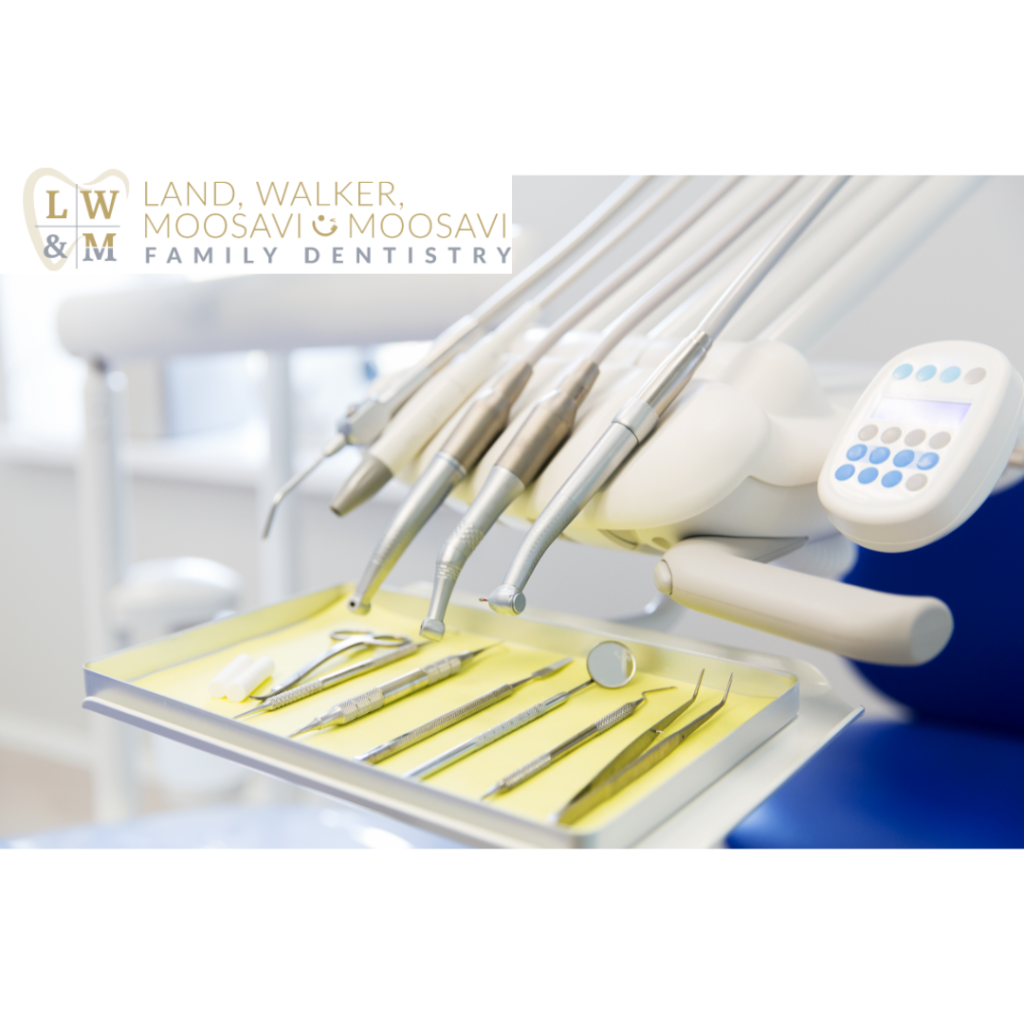
While the high-speed handpiece is a cornerstone of dental practices, numerous other advanced technologies contribute to enhancing patient care, comfort, and overall dental experiences. This blog will take you on a journey through some of the latest dental technologies that go beyond the traditional high-speed handpiece.
The Evolution of Dental Technologies:
Intraoral Cameras:
Capturing Precision: Intraoral cameras provide high-definition images of the oral cavity, aiding in diagnostics and treatment planning.
Patient Engagement: Patients can view real-time images, fostering a better understanding of their oral health.
Digital Impressions:
Eliminating Gooey Impressions: Advanced scanners create digital impressions, replacing traditional molds.
Accuracy and Efficiency: Digital impressions offer precise data for restorations and orthodontic treatments.
Cone Beam Computed Tomography (CBCT):
Three-Dimensional Imaging: CBCT provides detailed 3D images of oral structures, enabling comprehensive treatment planning.
Implant Placement Precision: CBCT assists in precise implant placement with minimal guesswork.
Laser Dentistry:
Minimally Invasive Procedures: Lasers are used for various dental procedures, reducing the need for traditional tools.
Enhanced Healing: Lasers promote faster healing and minimize discomfort for patients.
Tele-dentistry:
Virtual Consultations: Tele-dentistry allows remote consultations, improving accessibility to dental care.
Convenience for Patients: Patients can seek advice and guidance without physically visiting the dental office.
Enhancing Patient Comfort:
Sedation Dentistry:
Anxiety Management: Various sedation options, from nitrous oxide to oral sedatives, ensure a relaxed experience for anxious patients.
Pain-Free Dentistry: Sedation dentistry promotes pain-free procedures, enhancing overall patient comfort.
Smart Toothbrushes and Apps:
Personalized Oral Care: Smart toothbrushes and apps guide patients in maintaining optimal oral hygiene.
Data-Driven Insights: Patients receive real-time feedback and personalized recommendations for better home care.
Practice Management Solutions:
Electronic Health Records (EHR):
Streamlining Documentation: EHR systems facilitate efficient record-keeping and management of patient information.
Enhanced Communication: Seamless communication between dental professionals for collaborative care.
3D Printing in Dentistry:
Custom Prosthetics: 3D printing enables the creation of precise and personalized dental prosthetics.
Same-Day Restorations: Patients can receive same-day crowns and bridges with the help of 3D printing technology.
The Future of Dentistry:
Artificial Intelligence (AI):
Diagnostic Precision: AI assists in diagnostics, identifying potential issues at an early stage.
Treatment Planning Assistance: AI algorithms aid in developing personalized treatment plans based on patient data.
Augmented Reality (AR) in Dentistry:
Enhanced Treatment Visualization: AR provides visual overlays during procedures, improving precision.
Patient Education: AR technology helps patients visualize treatment outcomes for better-informed decisions.
Conclusion:
As dentistry continues to evolve, embracing these cutting-edge technologies enhances both the patient and practitioner experience. Beyond the high-speed handpiece, dental professionals now have a diverse array of tools at their disposal, enabling them to deliver superior care, improve diagnostic accuracy, and ensure patient comfort. By staying abreast of these technological advancements, dental practices can truly embrace the future of dentistry and provide the best possible care to their patients.
